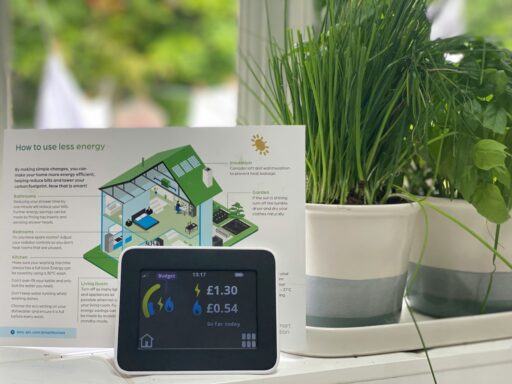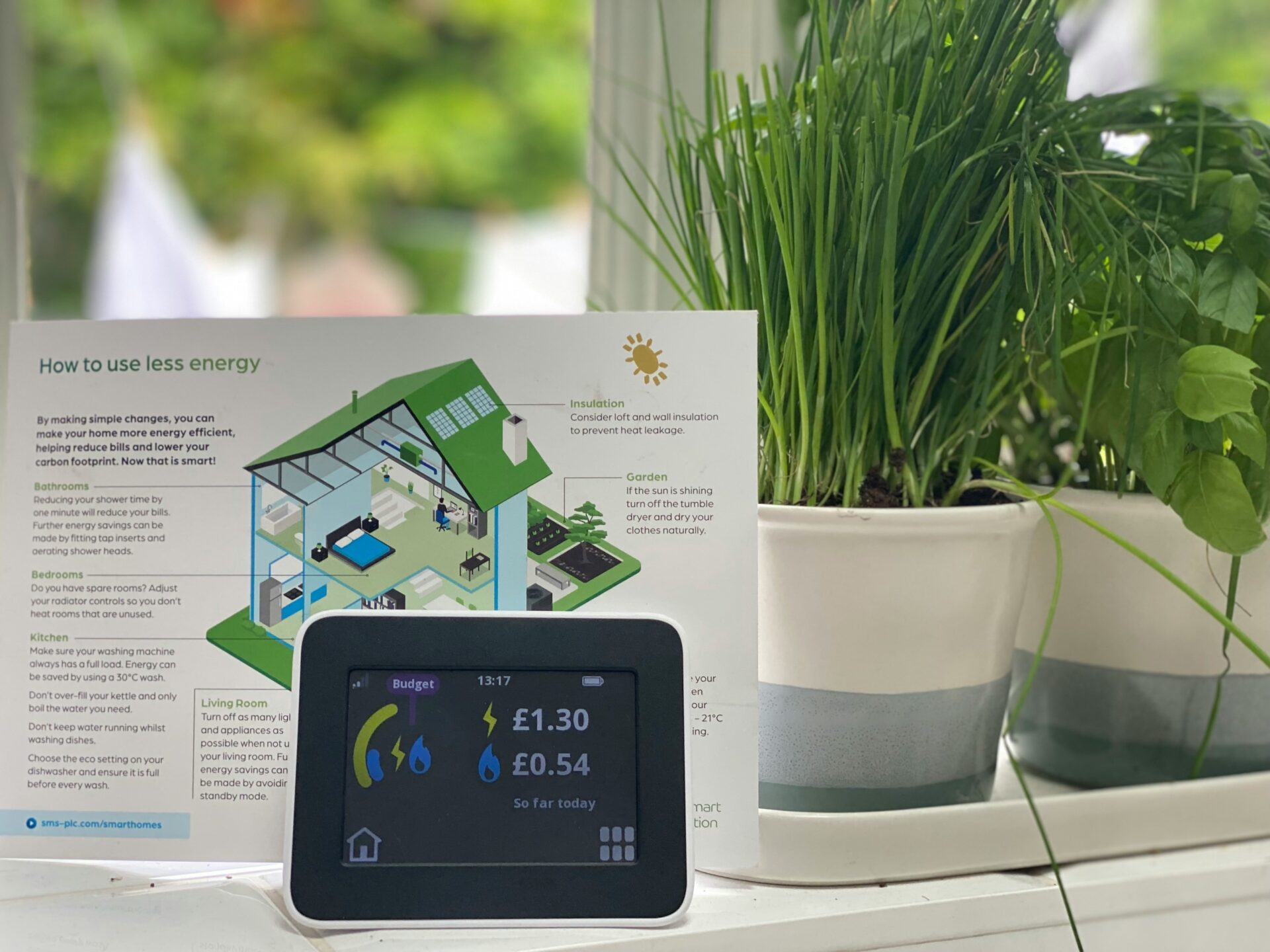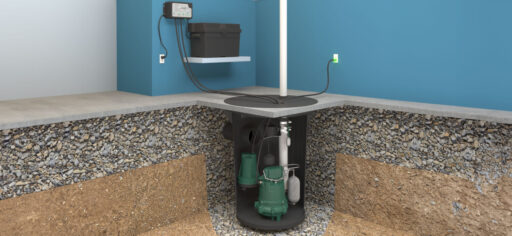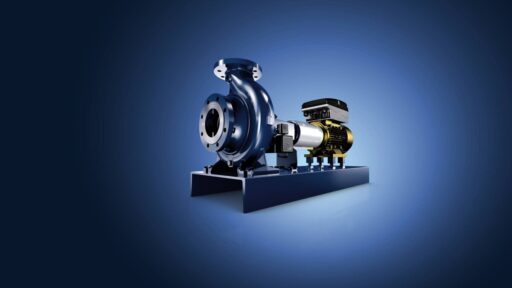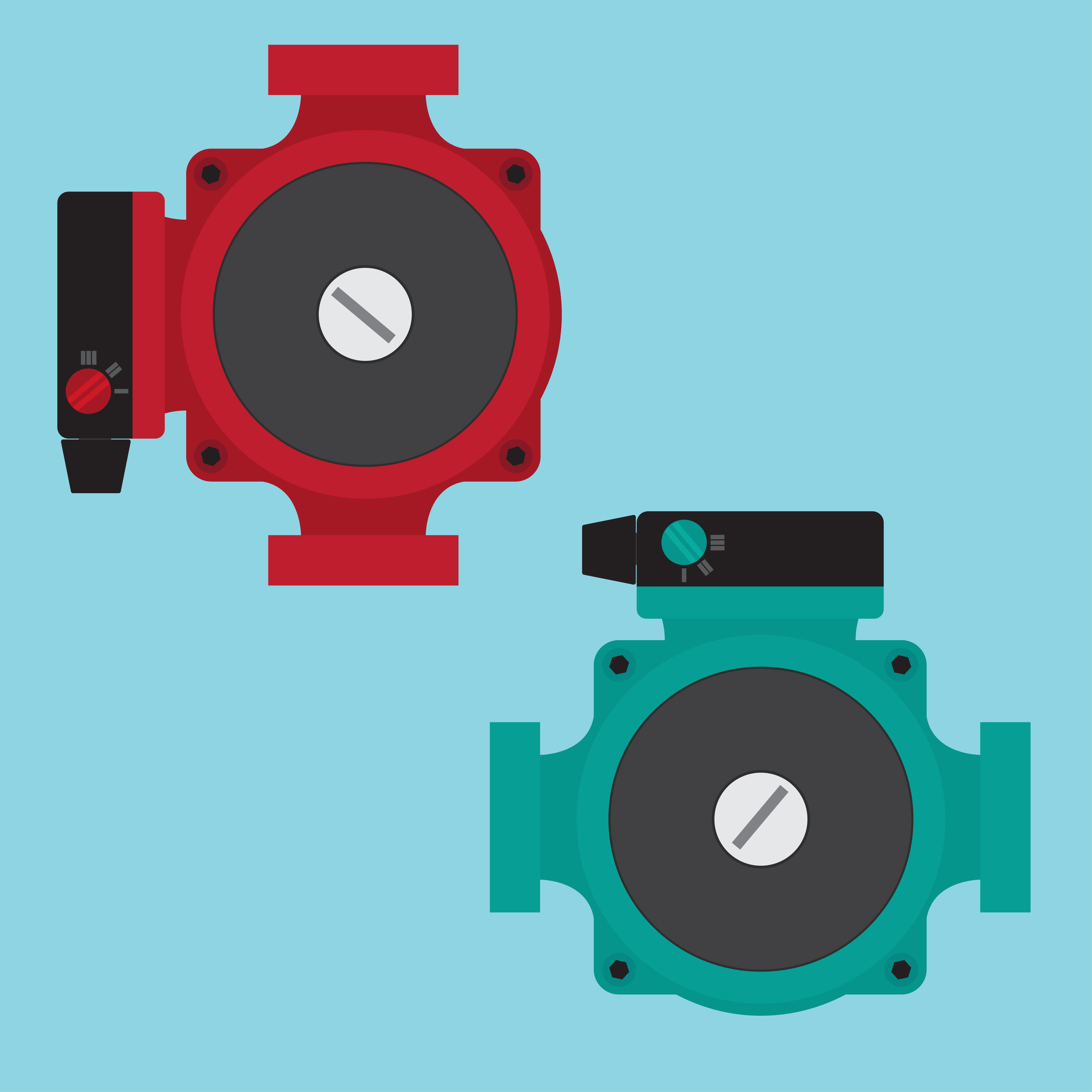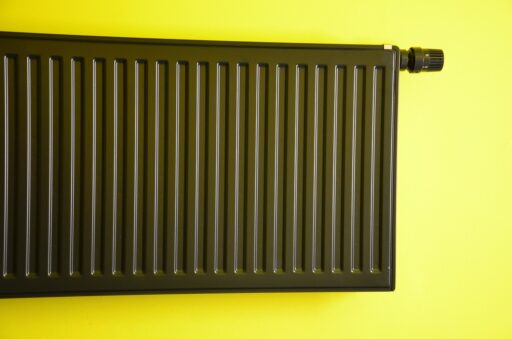Burning fossil fuels has taken a constant toll on the environment. Soaring temperatures, rising sea levels and increasingly adverse weather conditions are all indicators that ever worsening conditions are edging nearing than ever to breaking point. Bad enough to compel a response from the governing bodies. Not just on a regional or national level, but on an international level.
Arriving amidst a flurry of new regulations and restrictions from the European Union was something called the ‘Energy Using Products Directive.’ All of our pumps have to align with the rules set out in the directive and you’ll see a smattering of products on our website labelled with energy ratings because of it. To walk you through its implications, so you won’t come unstuck browsing our site, we have put together this guide to the Energy Using Products Directive and the European Union energy labelling system.
What is the Energy Using Products Directive and how has it changed over the years?
The Energy Using Products Directive first came into effect in 2007. In its latest iteration, the Energy Related Products Directive, which came into effect in 2009, the regulations were reconsidered and redefined. Where the EUP only affected products that used energy directly, the ERP affects products that even indirectly have a say in energy use. From 2009 then, the likes of our central heating pumps came under its influence, leading to a host of changes. Revisions to the directive are ongoing too – in 2012, incandescent light bulbs were banned.
What is the aim of the ERP?
The overarching aim of the European Ecodesign directive (ERP) is to improve the energy efficiency of products that come under its influence. By doing so, they also hope to reduce the use of hazardous substances and increase the ease of recycling. This target has been simplified into the oft-repeated 20-20-20 mantra. By the year 2020, the European Union aspires to have: improved energy efficiency by 20%, reduced carbon emissions by 20% and increased the share of renewable energy sources by 20%.
How has it affected our products?
The directives established by the European Union have had an effect on our products. Central heating pumps are one such example. To align with the new regulations instituted by the directives, our central heating pumps are labelled with an energy rating, which gives the consumer an indication of how energy efficient each product us. With the energy rating so visible, it puts the onus on the manufacturers to design and put out products that are better for the environment.
On our website, you’ll see a range of central heating pumps sporting an A energy efficiency rating. Efficiency is important if we are to create a sustainable future for the environment and we are delighted to stock the products of manufacturers with an environmental conscience.

